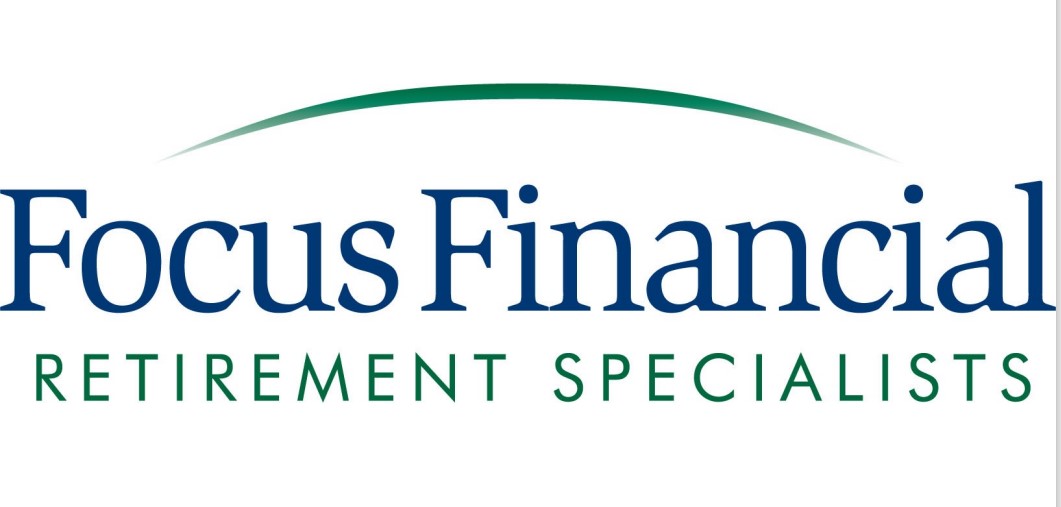Seventy-two is an important age milestone for those in or near retirement, as it marks the time when required minimum distributions (RMDs) begin to be withdrawn annually from IRAs and employer-sponsored retirement plans (previously, the threshold was 70 ½). The milestone carries with it tax consequences that are not fixed. Rather, there are a few rules to consider that can help you optimize the impact on your bottom-line.
IRAs
You must begin withdrawing from a traditional IRA (Individual Retirement Account) by April 1 following the year in which you turn 72. The amount is based on your age with one exception: If you’re married and your spouse is more than 10 years younger than you, the RMD amount is based on your joint life expectancy. If your distribution is less than the required minimum, you will be penalized 50% of the difference. NOTE: Roth IRAs do not require an RMD.
Employer-sponsored retirement plans
For employer retirement plans — 401(k)s, 403(b)s, and others — the same timeline applies as per IRAs: You must begin withdrawing from the plan by April 1 following the year in which you turn 72. However, if you are still working past 72 and you own 5% or less of a company, you may be able to delay RMDs until you retire.
Additionally, depending on your circumstances, you may receive a lump-sum distribution from 401(k), profit-sharing, and stock purchase plans if completed in a one-year period. If you meet the terms of this lump-sum distribution, you will be taxed at the rate for single taxpayers established in 1986. Additionally, if you’re born before 1937, you quality for a 10-year forward income averaging. For tax purposes, RMDs from qualified retirement accounts are taxed as ordinary income.
Calculating your distribution
The institution where your retirement is kept typically determines the RMD amount using the formula:
Total balance as of December 31 divided by Your life expectancy = Distribution amount.
However, there is some leeway here that may provide you with more beneficial tax consequences:
(1) You can either take your initial RMD in the year when you turn 72 or up until April 1 of the following year.
(2) If you delay your RMD until the following year, you must take two RMDs that year which may increase your tax consequences.
(3) You can take your RMD as a series of withdrawals rather than one lump payment, which may help you with monthly cash flow.
(4) Update your beneficiary(its) as to your distributions. For IRAs, account holders can designate anyone as a beneficiary; For employer-sponsored plans, they must designate their spouse as a beneficiary unless the spouse specifically waives the right.
Seek help
Tax consequences for RMDs can be significant and seeking the support of a financial professional can be prudent, to ensure that the results align with your goals.
This material is for general information only and is not intended to provide specific advice or recommendations for any individual. There is no assurance that the views or strategies discussed are suitable for all investors or will yield positive outcomes. Investing involves risks including possible loss of principal.
This information is not intended to be a substitute for specific individualized tax advice. We suggest that you discuss your specific tax issues with a qualified tax advisor.
This material was prepared by LPL Financial, LLC
